
Here’s a Connecticut heroine no one has heard of–Prudence Crandall. Yes, she’s in the Connecticut Women’s Hall of Fame. Yes, she took an activist stance, before anyone would have done so, perhaps influencing social reform strategies through the next hundred years. But she is little remembered.
Until now, maybe. Connecticut State Senator Donald Williams has written a book on her legacy, with the law in particular. Let’s hope she gets some recognition.
Williams passionately and elegantly told Crandall’s story before a packed house at the New Haven Museum this MLK week, celebrating her as a beacon during the long struggle for equal justice in Connecticut and the United States. He has turned up a remarkable amount of information, in what he called his “eight year hobby,” which I know first hand isn’t easy to do. His particular interest is how her story influenced national law before the Civil War and since.
So what is her story?
Crandall came from a wealthy, Quaker family that moved from Rhode Island to Canterbury, Connecticut, where her father Pardon Crandall bought a farm house and taught school. He believed all his children, including his daughters, should have an education, unusual for his day. Quaker values of equality and opportunity for all shaped Prudence’s own, further inculcated as she attended a Friends boarding school in Providence. She went on to teach herself and to become involved in Quaker-supported causes like Temperance.
Her parents helped Crandall buy a house in Canterbury, which she opened as a school for the daughters of the burgeoning middle class. She had day students and boarders, too, and not as a finishing school, but also teaching math, science, English, history, and art. The Town Fathers were proud of her accomplishments and delighted by the local economic boom the school created.

Academy opened on the Canterbury Green in 1831
All was fine. Remarkable even. In the 1830s, single women were rare property owners, and married women could not. Here Crandall was, the Headmistress of her own school, successful enough to have servants and several teachers to help her. To give you a sense of the times, at the Temperance meetings she attended, only men were allowed to speak.
Mariah Davis was one of her servants, and her friend Sarah Harris and she liked to sit in the back of the classroom and take in the lessons. Harris then approached Crandall and asked to be a student. Harris was African American. She knew she was asking the headmistress for a lot, and Crandall didn’t respond right away.
In the intervening years, Crandall became a Baptist, which in New England were abolitionists. But despite her beliefs, Crandall also provided the financial support for her sister, and she had a mortgage to pay. But Harris won her over, after introducing her to the most famous abolitionist newspaper The Liberator, which even published articles by women! Abolitionists believed in the necessity of education to lift up black men and women. Harris herself wanted to become a teacher.

Sarah Harris, many years later
Some weeks later, in 1833, Crandall agreed that Harris become a student. The other students knew Sarah and her family, worshiped with them in the Congregational Church. They accepted her. But. Their parents did not. Crandall, her father, and her brother were threatened, and white parents tried to bully Harris out of the school.
Crandall had to face a new reality. If Harris stayed in the school, then all the white girls would withdraw, and the school would fail. Crandall would not capitulate. She had never met the publisher of The Liberator William Lloyd Garrison, in Boston, but she wrote him, and he agreed to meet her. She took a 9-hour stage coach ride up to Boston.
What did she do? After discussing her plan with Garrison, she kicked out all the white girls and turned her school into an academy for black girls and women. How did she make this happen? Garrison’s paper told her story, reaching out to advocates throughout New England and New York to find 20 to 25 families who could afford Crandall’s tuition.
For perspective, in New Haven, abolitionists had already attempted a college for black men, with a proposal shot down by the Connecticut legislature 800 to 4. Yikes. Garrison didn’t want a similar failure and suggested that Crandall meet with activists in person. She met with black ministers and families. She got their commitments.
In April 1833, the school reopened, and by summer, she was full-up, with black women learning all the arts and sciences. That’s when the trouble really started.
Threatened, state legislator persecuted and prosecuted Crandall. The “Black Law” passed through the House and Senate. It prohibited educating any African Americans from other states, and 85% of Crandall’s students came from outside Connecticut. As a woman, Crandall was unable to speak out in her defense, and the minister-allies were unsuccessful. The Governor signed the law which called for criminal penalties and excessive fines–for educating children.
After discussing the risks with other teachers and her family, Crandall committed an act of civil disobedience and kept school open. She and sister Elmira were arrested. Elmira was only 20 years old, so she was released. Crandall was taken to the Brooklyn CT jail.
The Town Fathers were not amused.

Arthur Tappan many years later, in 1870
And Prudence Crandall had made the national news. A wealthy advocate Arthur Tappan funded her attorney’s fees. Good thing, because three trials and a trip to the Connecticut Supreme Court were in store.
With her case, attorneys worked together in new collaborative ways. They made arguments about how the “Black Law” was unconstitutional.
David Daggett, one of the founders of Yale Law School, used political influence to become a judge. He was also a prominent racist. In a just-how-things-were way, when his conviction of Crandall was appealed to the state Supreme Court, guess who also was a Justice? Yep.
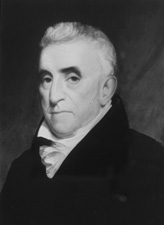
David Daggett, 1764-1851
Not wanting to embarrass their colleague, another Justice found a technicality to make the prosecution complaint incomplete. The case against Crandall would have to be dismissed.
Lest I forget, all the publicity attracted to Crandall the attentions of an evangelical minister, and after a whirlwind in the middle of controversy, they were married.
Crandall continued to operate her school until September 9, 1834. Then, with her full school of students all asleep, a group of men gathered at midnight armed with wooden clubs and iron bars, and at the signal of a whistle, smashed all the first floor windows. Remarkably, no one was hurt, but this was the deciding moment.
At that time, there had been race riots Boston and Philadelphia, churches were attacked and organs burned in bonfires, Garrison’s life was threatened–all acts likely by poor whites threatened by the potential of economic competition by freed (much less educated) blacks.
The next morning after the vandalism, Crandall gathered the teachers and agreed that the students needed to be protected. The school couldn’t guarantee their safety, so they decided to close and send the women home.
This was not the end of Crandall’s story. She separated from her husband and moved on her own to Illinois, where she opened another school, teaching all races of children out of her house. She supported abolition, temperance, and women’s suffrage. I asked the Senator if her act of civil disobedience and jail time served as models for these other movement’s strategies. He thought so.
In the last decade of her life, in the 1870s, Crandall moved to Kansas. Before the Civil War, Kansas was the site in vicious racial episodes, but now it was considered progressive. She lived the frontier life, eking out an existence in Elk Falls, now a ghost town. She only left to nurse her husband at the end of his life.
The Senator traveled to the town to see her gravestone. Her house had been destroyed by a tornado, but 87 year old Marjorie remembered where the house’s cellar hole was and helped him find it, still there in a stony field.
He reminded us that the struggle for racial justice was northern as well as southern and sadly, still continues today. The Crandall case was cited as case law in the awful Dred Scott decision in the 1850s and in the fight against Jim Crow, in Brown v the Board of Education, which also involved Crandall’s last home state of Kansas.
Information about Crandall’s students, both black and white has mostly been lost. After all, they were only women. Still, the Senator uncovered that some went on to other academies for further study, and some became activists. And so I say, let’s study and act for justice, in the name of our fore sisters of courage!










 These figures are so stern looking and fierce, I’d want them protecting my ship!
These figures are so stern looking and fierce, I’d want them protecting my ship!








 It is clearly worth the trip though. What a beauty this house is, with its meticulous care inside and out and its picture-perfect gardens.
It is clearly worth the trip though. What a beauty this house is, with its meticulous care inside and out and its picture-perfect gardens.











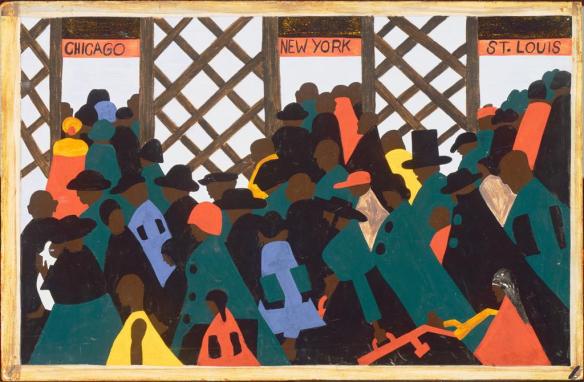









 Today, I visited the historic house where Valerie is on the Board. The
Today, I visited the historic house where Valerie is on the Board. The 






























 Thankful had 12 children, with all seven sons making it to adulthood, a real rarity. Two daughters, Nancy and Sarah Elizabeth, did, too. She and her husband could afford to expand the house, and all was going well, until her husband died.
Thankful had 12 children, with all seven sons making it to adulthood, a real rarity. Two daughters, Nancy and Sarah Elizabeth, did, too. She and her husband could afford to expand the house, and all was going well, until her husband died.






















![Reginald Marsh, "Wooden Horses" [detail], 1936, tempera on board; 24 x 40 inches, Wadsworth Atheneum Museum of Art, 2013.1.1 Reginald Marsh, "Wooden Horses" [detail], 1936, tempera on board; 24 x 40 inches, Wadsworth Atheneum Museum of Art, The Dorothy Clark Archibald and Thomas L. Archibald Fund, The Krieble Family Fund for American Art, The American Paintings Purchase Fund, and The Ella Gallup Sumner and Mary Catlin Sumner Collection Fund, 2013.1.1. "Coney Island: Visions of an American Dreamland, 1861-2008"](https://i0.wp.com/4eg99614zvx21of7ql3apu8c.wpengine.netdna-cdn.com/wp-content/uploads/2013/11/coney-island_header-image_web.jpg?resize=584%2C195)





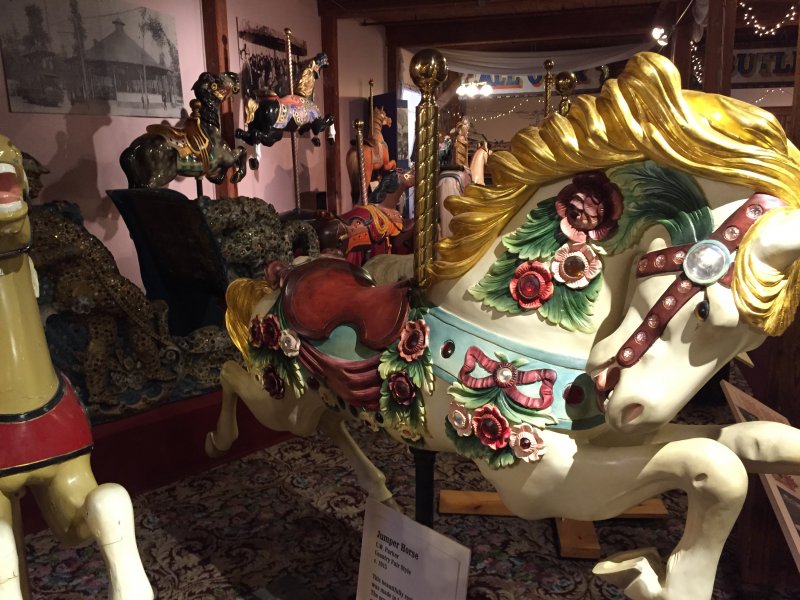
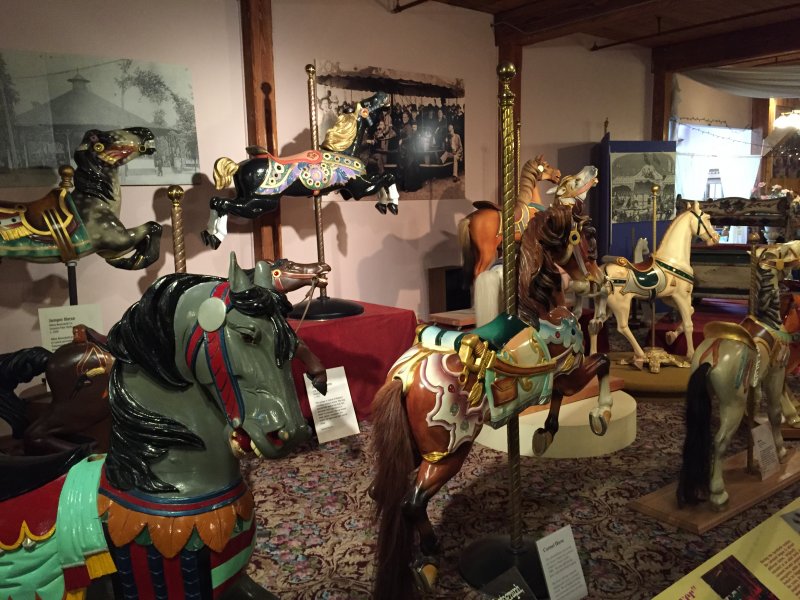
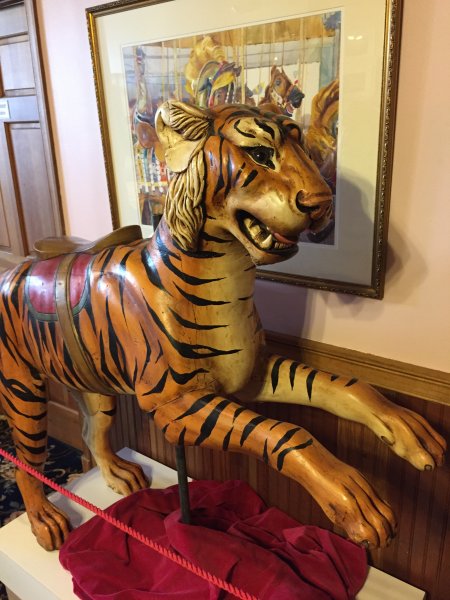
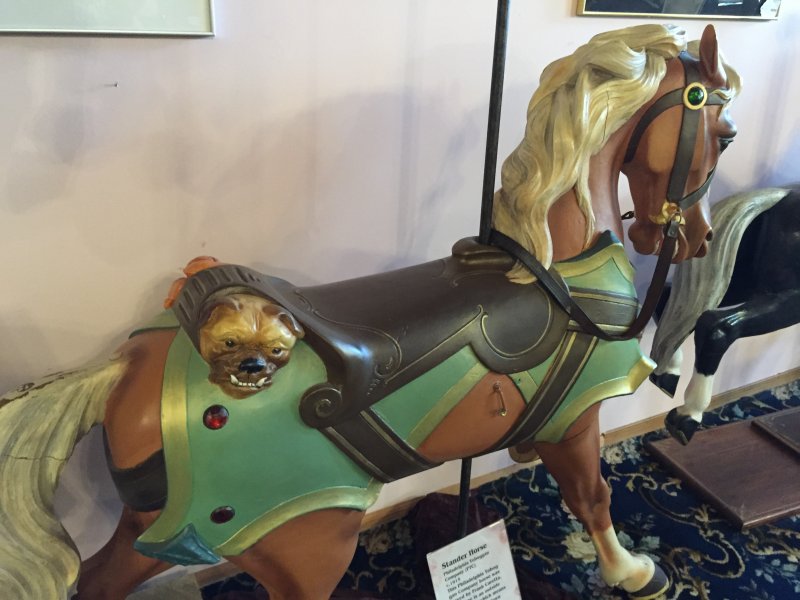

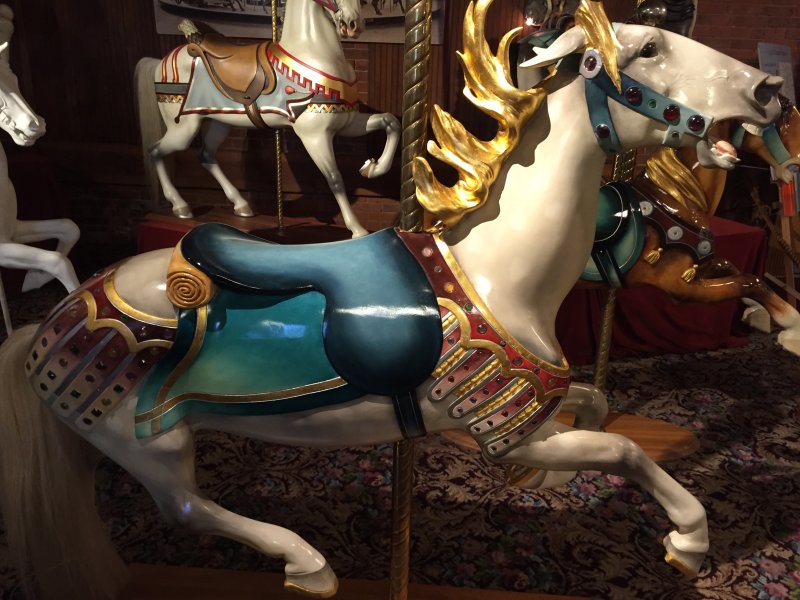
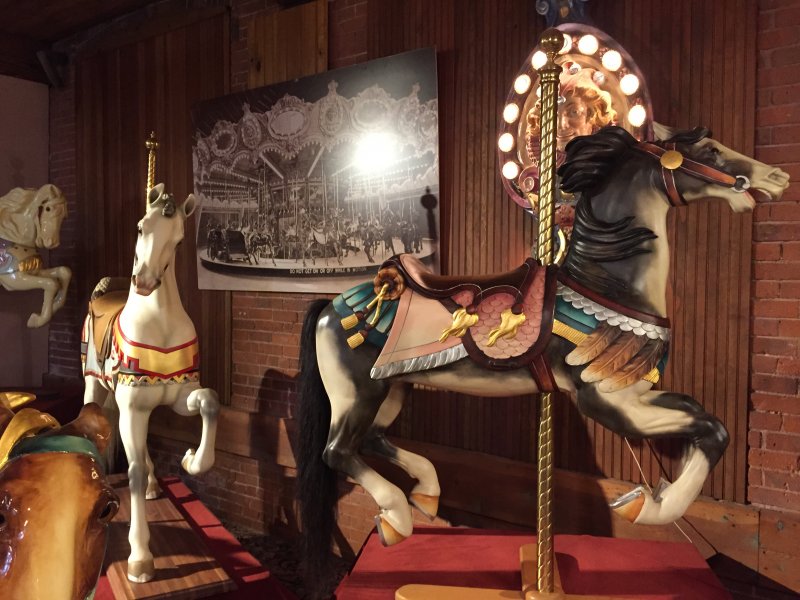
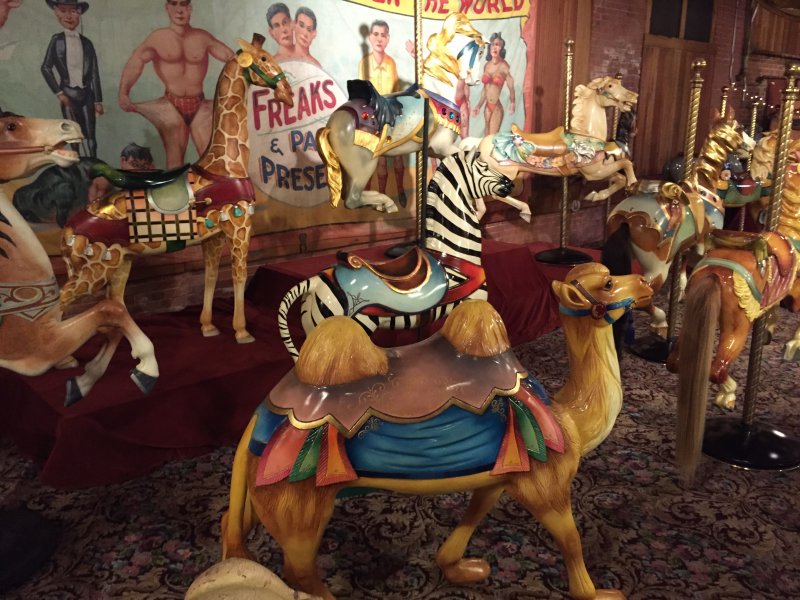
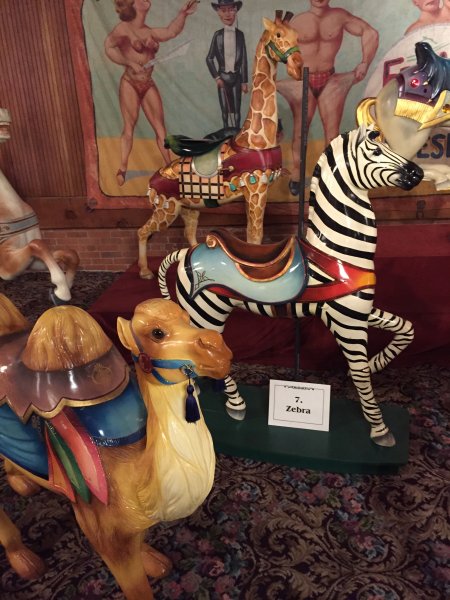
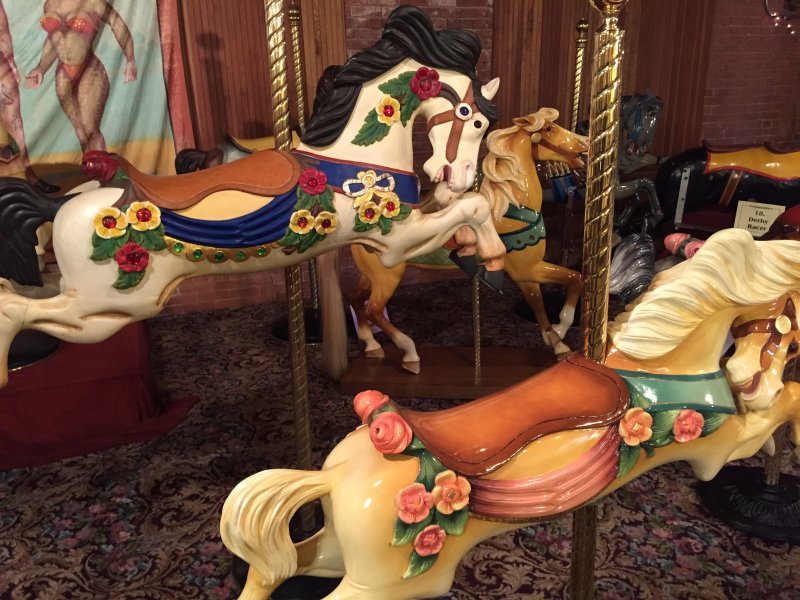
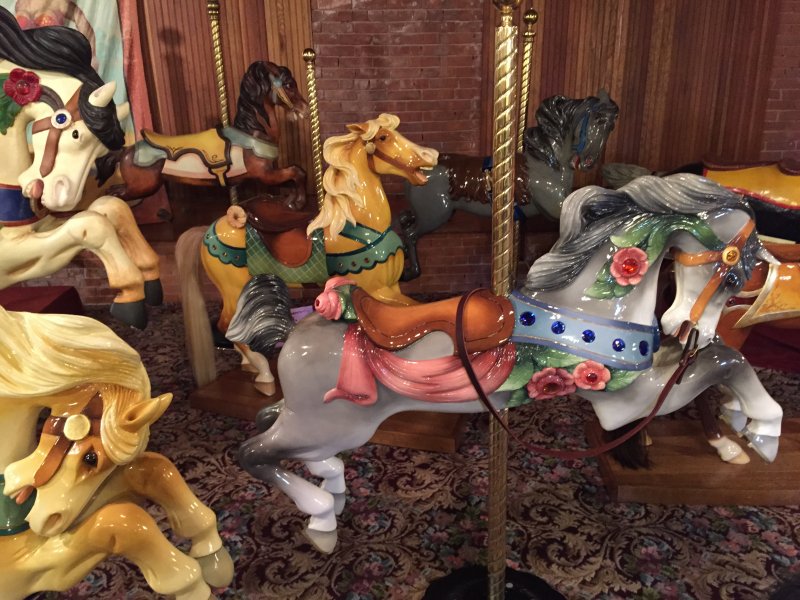
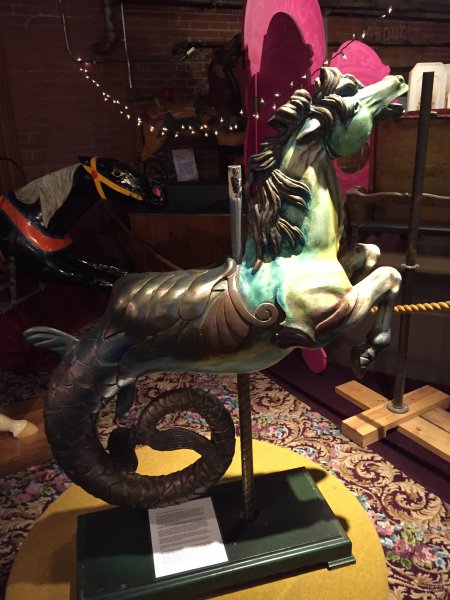
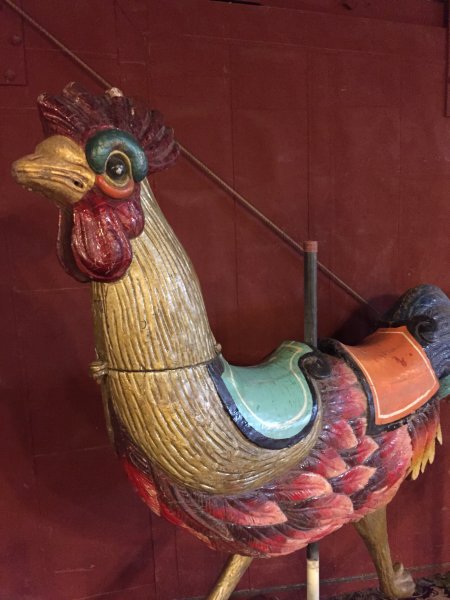
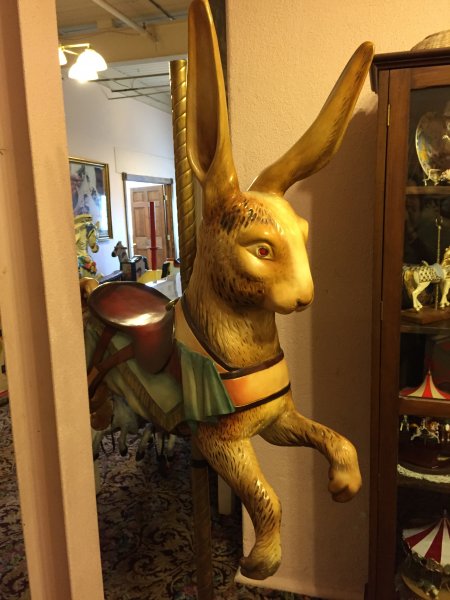
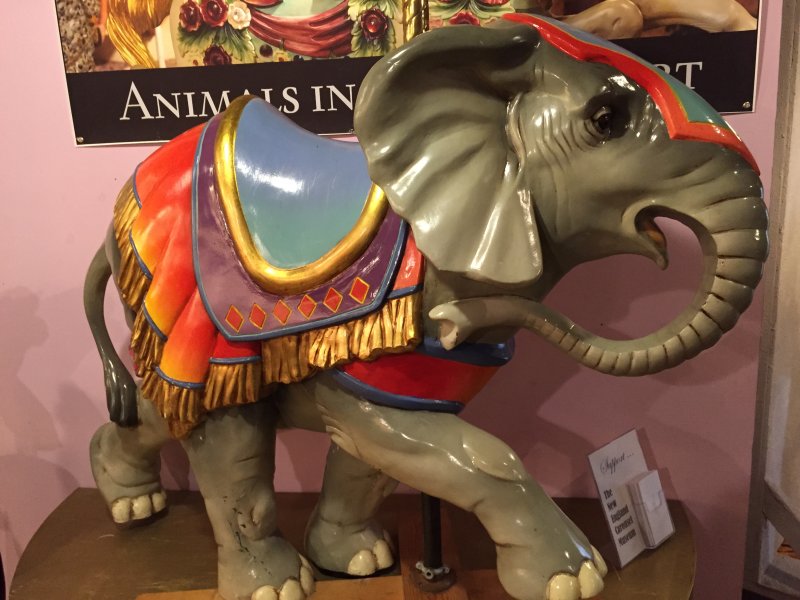
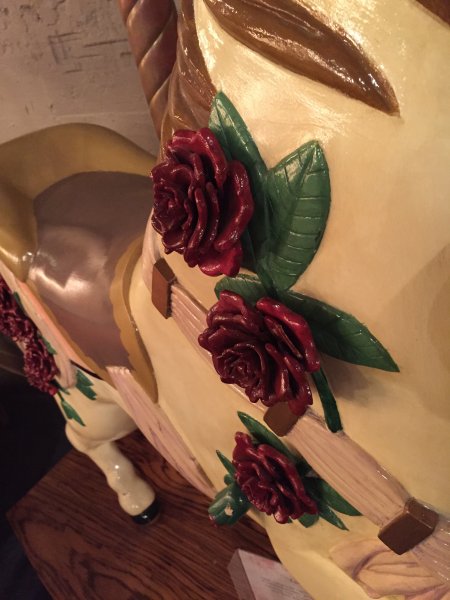



 Yale was not to be left out.
Yale was not to be left out. 


























